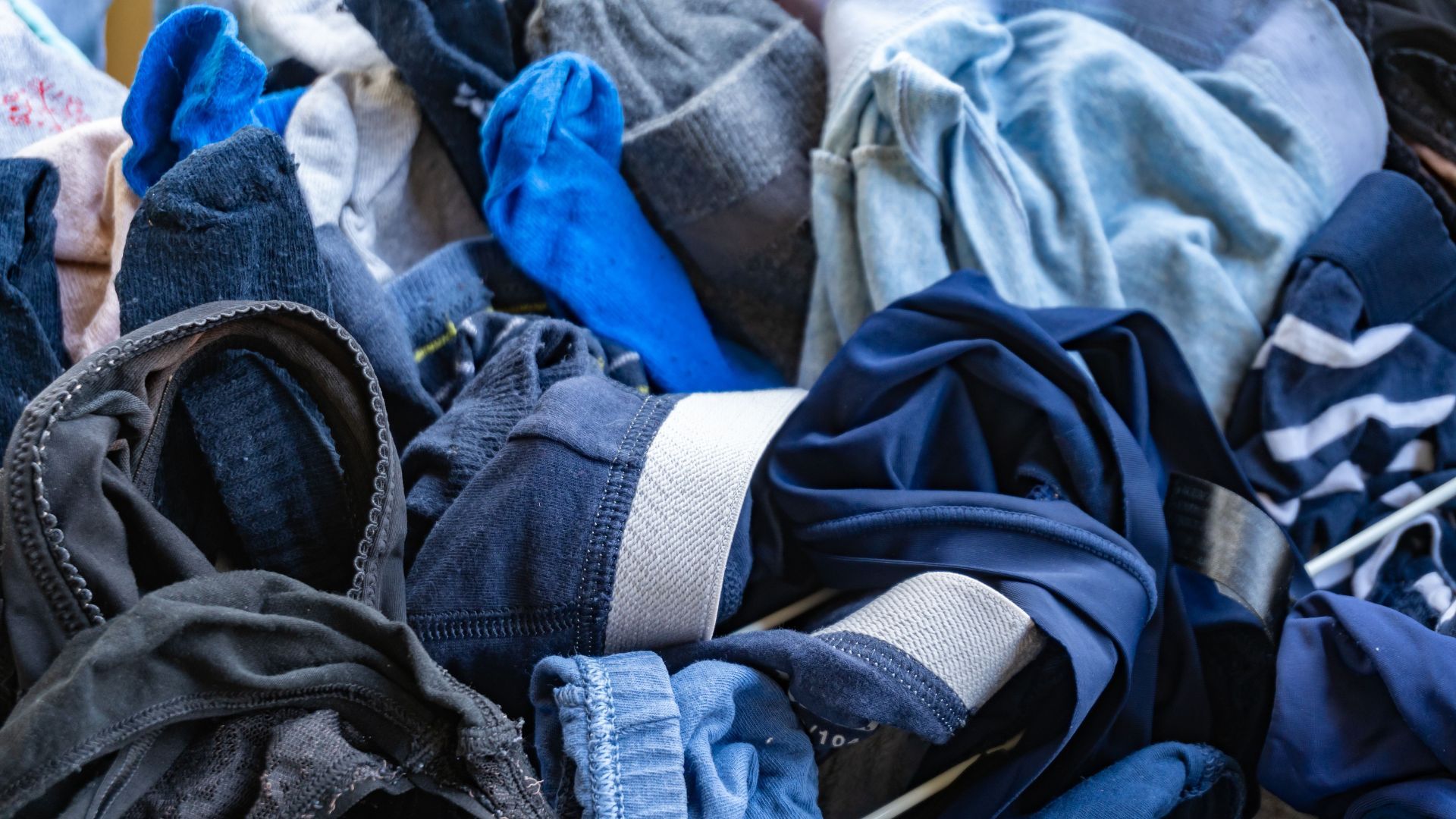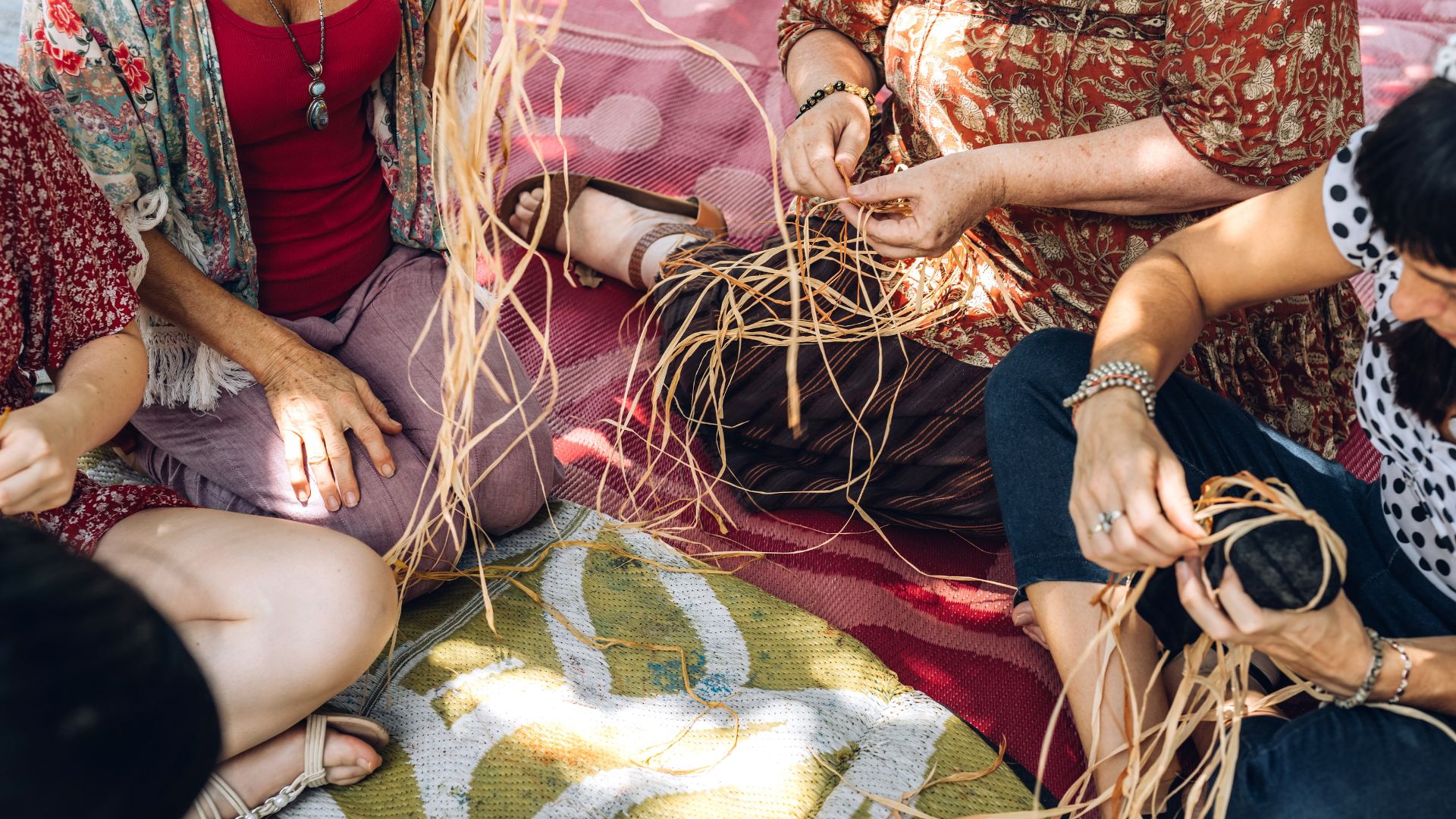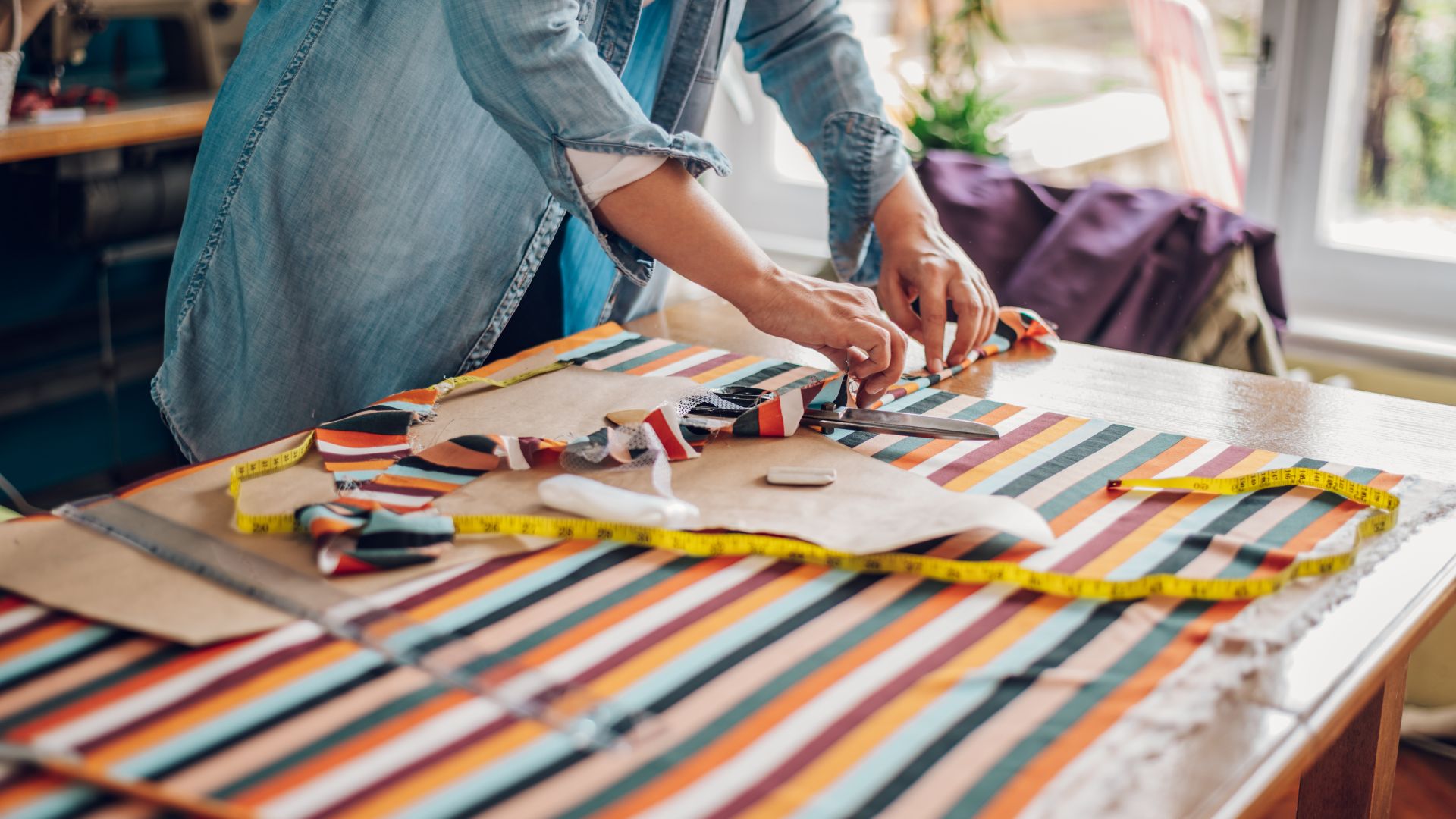Fashion thrives as a vibrant expression of culture and identity, but there is a silent but pressing concern—textile waste. As the fashion industry continues to flourish, so does the pile of discarded garments and fabrics, contributing to environmental degradation.
Amidst this challenge, there is a growing movement towards sustainable fashion, aiming to transform the industry’s practices and mitigate its impact on the planet. Let’s explore the innovative solutions and initiatives within the realm of sustainable fashion.
1. Textile Waste Crisis

The Philippines, like many other countries, grapples with the consequences of a fast-paced fashion industry fueled by consumerism and rapid production cycles. The rise of fast fashion has led to a culture of disposable clothing, where garments are worn briefly and discarded, increasing the problem of textile waste.
The country generates tons of textile waste annually, much of which ends up in landfills or incinerators, posing significant environmental and health risks. According to a survey by YouGov Omnibus Survey, 29% of Filipinos have thrown away their clothing after a single use, while millennials are buying more than 50% of the new clothes they own within the year.
2. Challenges and Opportunities

Addressing textile waste in the Philippines presents multifaceted challenges, including limited recycling infrastructure, a lack of awareness among consumers, and the prevalence of cheap, disposable fashion.
However, amidst these challenges lie opportunities for innovation and change. Sustainable fashion advocates, environmental organizations, and government agencies are increasingly collaborating to raise awareness and implement solutions to tackle textile waste.
3. Initiatives Driving Change

One notable initiative making strides in combating textile waste is the rise of sustainable fashion brands and upcycling initiatives. These brands prioritize eco-friendly materials, ethical production practices, and circular design principles to minimize waste throughout the garment’s lifecycle.
Moreover, several grassroots organizations and community-based projects have emerged, empowering local artisans to repurpose textile waste into new products such as bags, accessories, and home decor items. These initiatives not only reduce waste but also create economic opportunities for marginalized communities.
4. Educating Consumers

Central to the success of any sustainability initiative is the role of consumers. Educating the public about the environmental and social impacts of fast fashion is essential to shifting consumer behavior towards more conscious consumption patterns.
Awareness campaigns, eco-friendly fashion events, and educational programs in schools and communities play a vital role in promoting sustainable fashion practices and empowering consumers to make informed choices.
The issue of textile waste in the Philippines underscores the urgent need for collective action and innovation within the fashion industry. While the challenges are significant, the rise of sustainable fashion initiatives, government support, and consumer awareness offer hope for a more sustainable and resilient future.
Let’s reimagine the way we design, produce, and consume fashion so we can pave the way toward a more circular and regenerative fashion ecosystem where waste is minimized, resources are preserved, and communities thrive. Through transformative efforts, we can turn the threads of textile waste into a tapestry of sustainability and creativity, weaving a brighter future for generations to come.


















